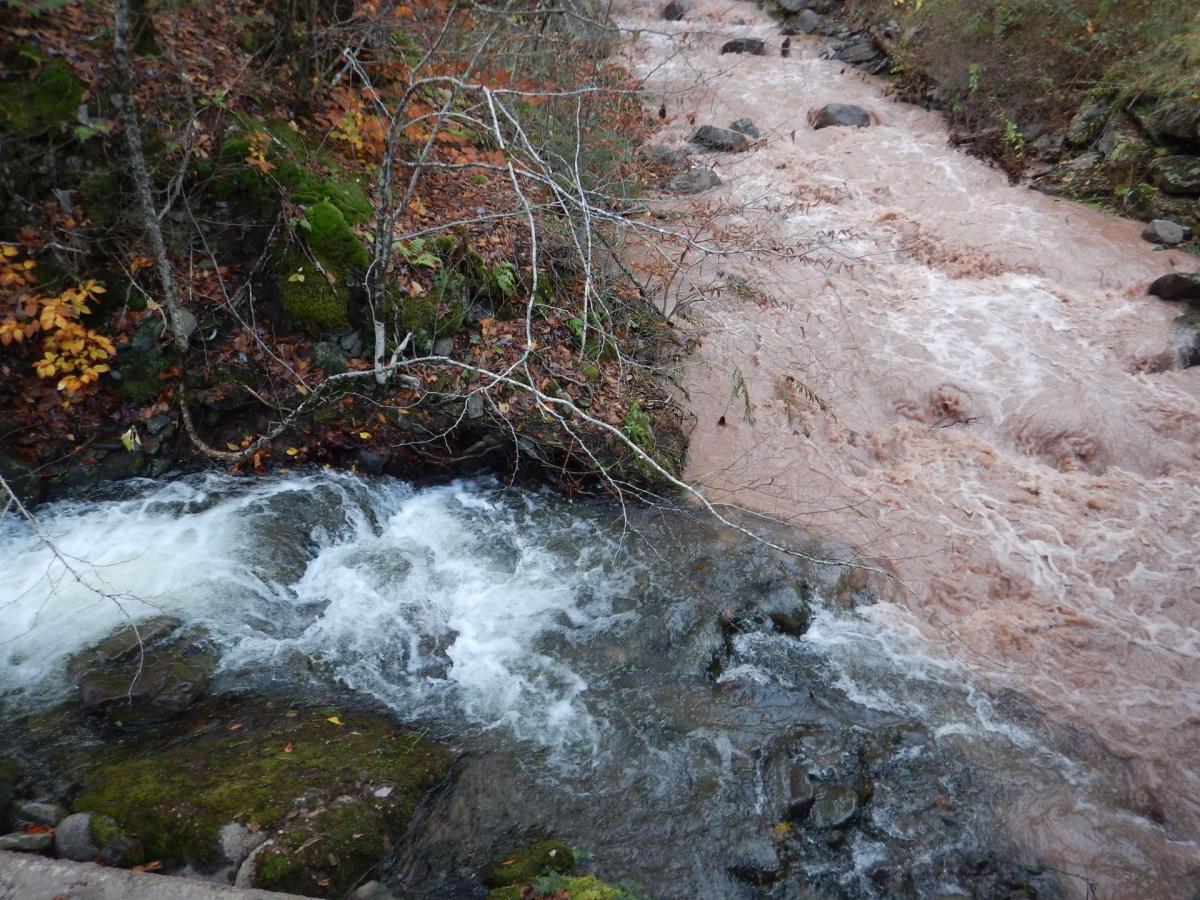
Scientists from the University of Vermont (UVM) and Utah State University have collaborated to create a new tool designed to detect and predict low water quality. This innovative tool utilizes artificial intelligence (AI) to forecast when runoff into lakes and rivers will carry substances harmful to water quality, enabling communities to issue timely warnings and ensure a reliable supply of clean water.
The researchers combined the existing National Water Model, which forecasts streamflow, with AI and real-time sensor data to accurately predict water quality. According to a press release from UVM, this novel approach marks a significant advancement. “This new tool can be implemented across the country and broadly utilized by folks that could use water quality forecasts in any number of applications,” stated Andrew Schroth of UVM in the release. “With the first ever application of the National Water Model to predict water quality, we’ve opened a new window that can really benefit the country as a whole moving forward.”
A crucial indicator of water quality is turbidity, which measures the concentration of particles like sediment.
At Esopus Creek, a key source of drinking water for New York City where the technology was tested, the results showed that high turbidity negatively impacted water quality because of how high particle concentrations interfere with treatment processes. The researchers concluded that it is essential to forecast potential high turbidity threats to maintain an efficient water supply. “When too much sediment comes into the reservoir during or after big storms, New York City has to limit supply and modify their operations,” Schroth explained.
According to the U.S. Centers for Disease Control and Prevention, most American tap water originates from lakes, rivers, reservoirs, or groundwater sources. In Vermont alone, more than half of the population receives their water from public water systems. Cities like Burlington, Montpelier, and Brattleboro rely on bodies of water such as Lake Champlain, Berlin Pond, and Pleasant Valley Reservoir, respectively, to provide water for residential customers.
The scientists are currently focused on demonstrating the tool’s capability to forecast phosphorus and chloride runoff into the Lake Champlain Basin following flooding or high water events. This prediction method has the potential to promote clean water maintenance by alerting farmers to the presence of harmful substances in water sources that may result from their use of road salt or fertilizer, according to Schroth and his research partner, John Kemper of Utah State.
By providing communities with the ability to monitor the weather’s impact on water quality in real time, this tool can offer significant benefits, the researchers said. Schroth, Kemper, and their team are actively working on a version of the tool that could be widely used. They are focused on applying the tool to watersheds in the Lake Champlain area, which “will allow Vermonters to get near real-time forecasts of water quality in the streams draining to the lake.” That work is scheduled to be completed later this year. The team is also seeking funding to create a national-scale product, a larger undertaking. With continued investment, they hope to have a national version operational by approximately 2027.


